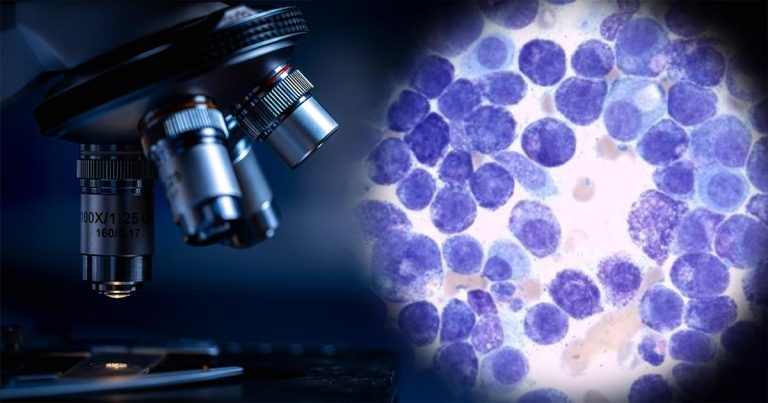29 Nov 2021
“It is salutary to see the huge demand for veterinary oncology education all over the world” – former WSAVA president and oncology working group member, Jolle Kirpensteijn.

A canine mast cell tumour. Microscope image © chokniti / Adobe Stock
Veterinary professionals from around the world rate their knowledge of oncology at just 5 out of 10 on average, according to new data from the WSAVA.
The newly formed WSAVA oncology working group (WOW) asked vets to rate their knowledge in the field of oncology, with almost 2,000 responses received from vet staff globally.
The survey, which was run in 10 languages during September and October, is aimed at helping WSAVA members improve their standards of care for oncology patients.
The average score varied by language, with Chinese respondents rating their knowledge at the highest level (6.6) and Ukrainian-speaking respondents the lowest (4.2). Respondents also, on average, ranked the actual importance of oncology cases for their practice at 7 out of 10.
Jolle Kirpensteijn, former WSAVA president and WOW member, said: “Cancer is increasingly common in companion animals, with almost 50% of dogs more than 10 years of age developing this devastating disease.
“To support WSAVA members effectively in treating oncology patients, we wanted to know where they needed help most urgently.
“Our survey is the largest the WSAVA has ever conducted and shows the reach of this well-respected association, which works to share best practice in companion animal veterinary care around the world.”
Respondents were also asked to rank the most common tumour types seen in their practice, with the most common answer being mammary tumours (81%), followed by skin tumours (75%), abdominal tumours (40%), malignant lymphoma (39%), and other tumours (5%).
Surgery was the most common therapy used in private practice (55%), followed by surgery and adjuvant therapy (30%), chemotherapy (7%) and palliative care (4%). Immediate euthanasia was recommended in 1% of cases.
When asked which educational resources would be most valuable to them, chemotherapy protocols were requested by 82% of respondents, 53% asked for information on tumour staging, and support with cytology was requested by 51% of respondents.
Dr Kirpensteijn added: “It is salutary to see the huge demand for veterinary oncology education all over the world.
“We have much to do, but are excited at the opportunity to support WSAVA members and to offer new hope to oncology patients and their owners globally.”